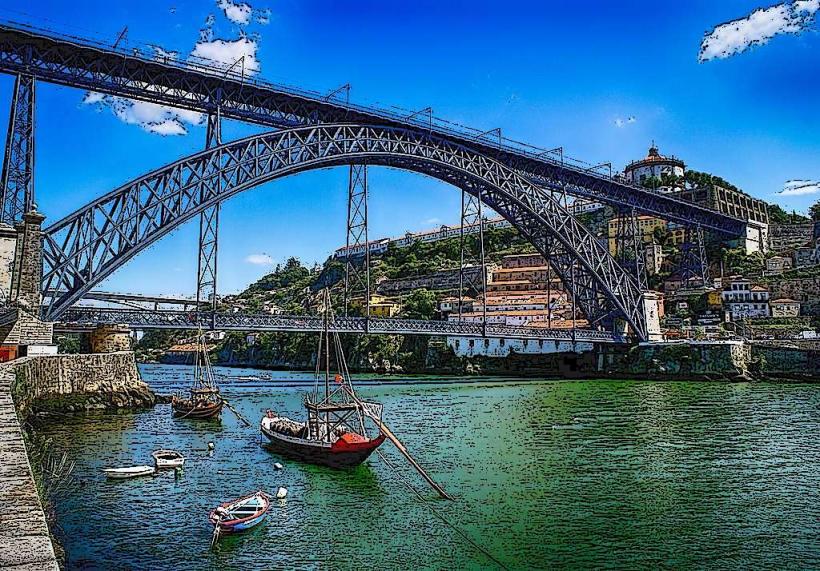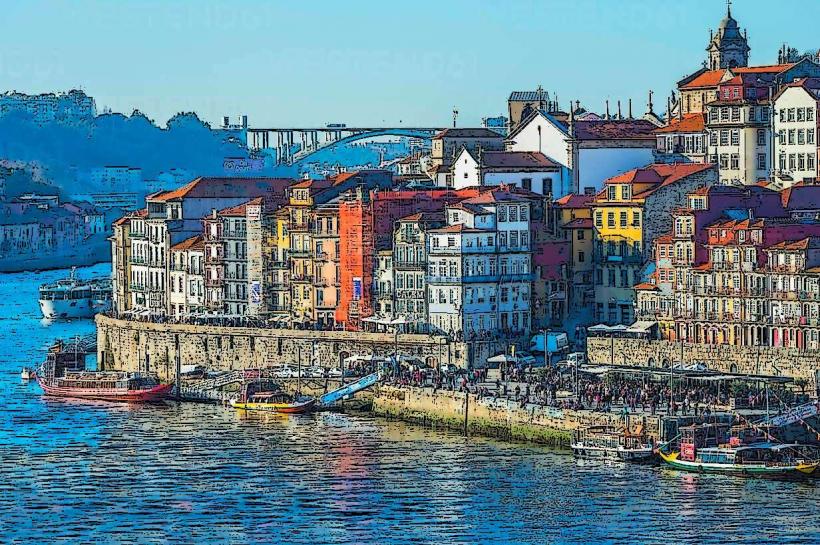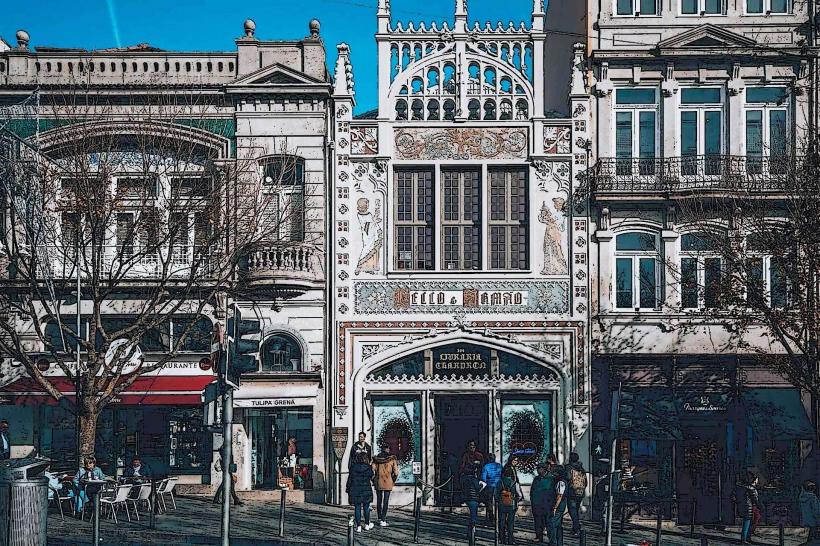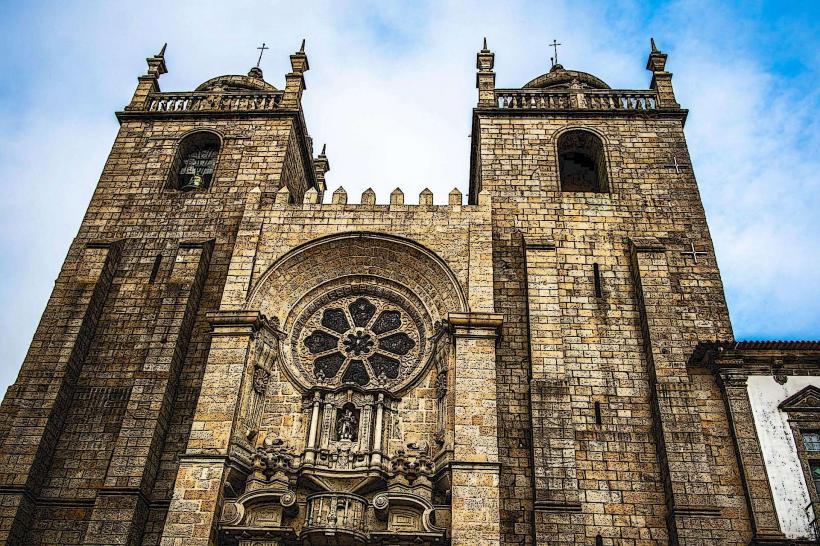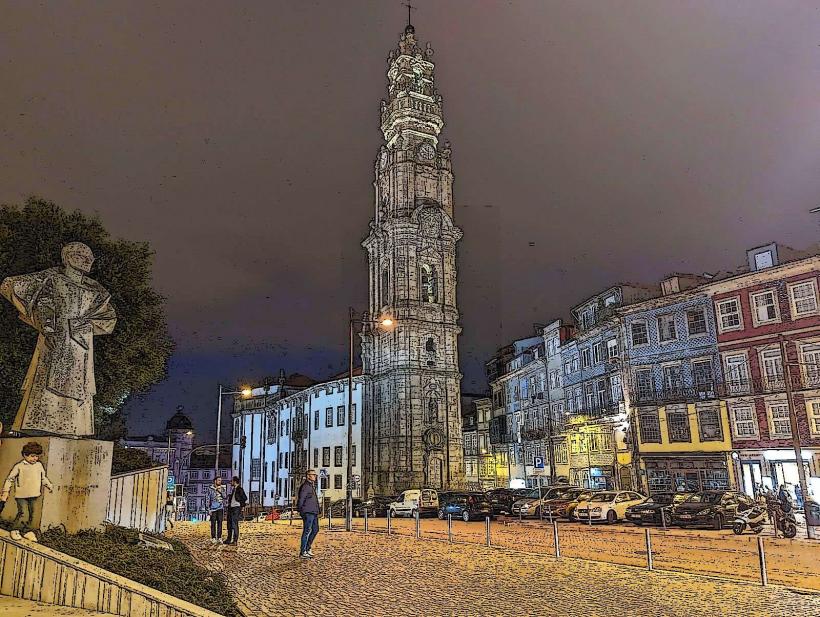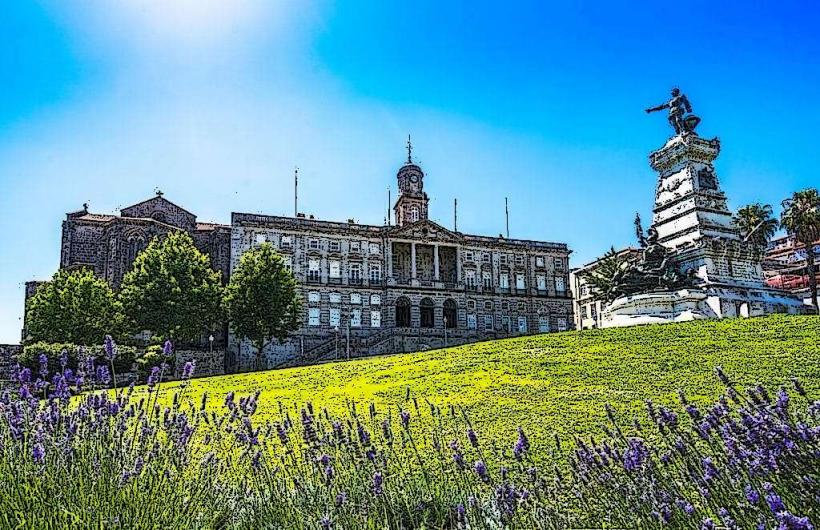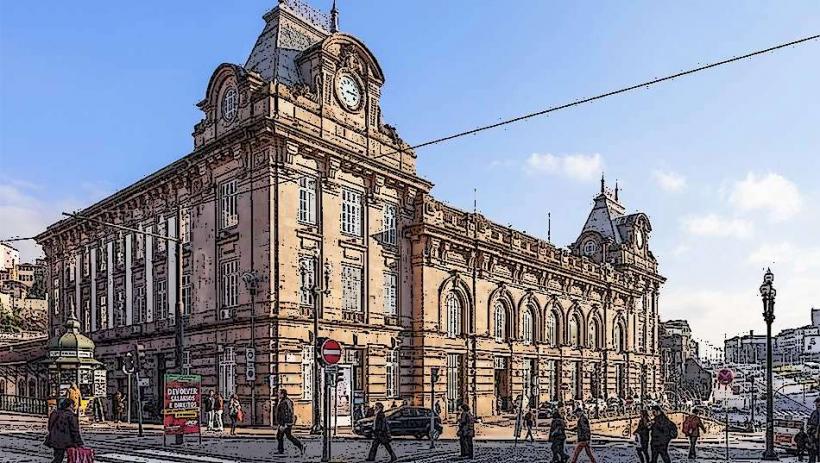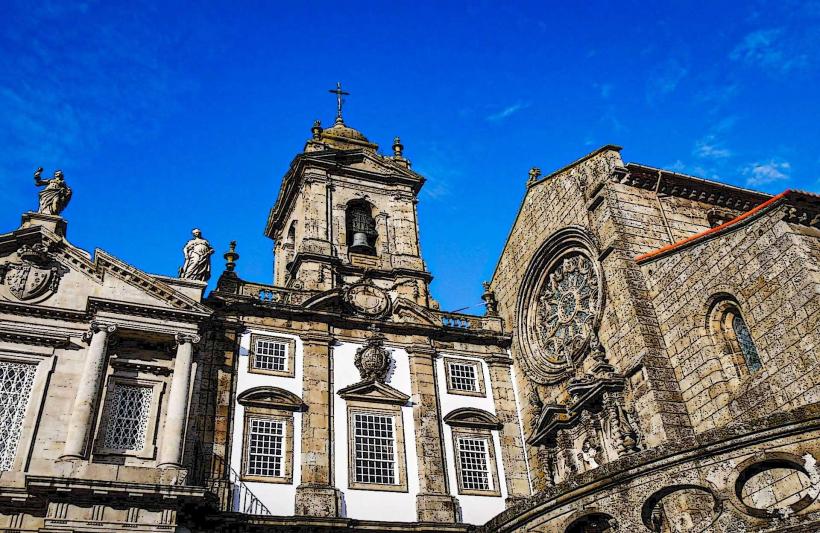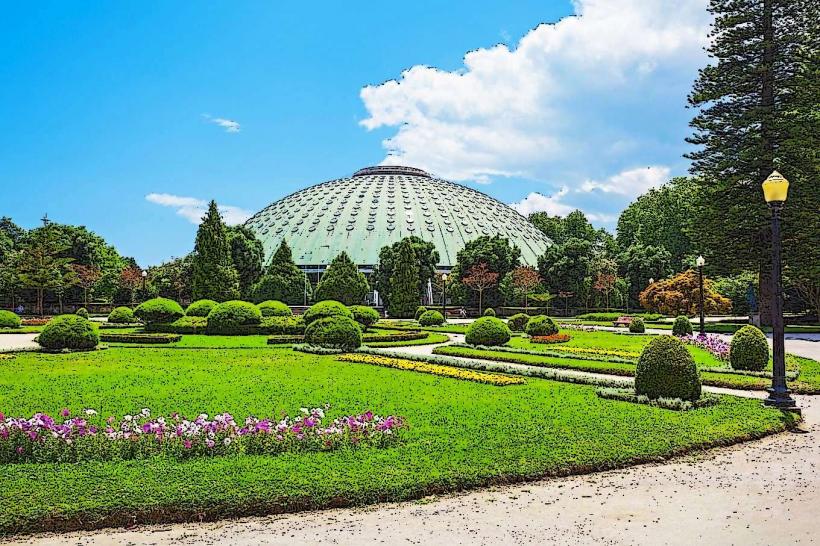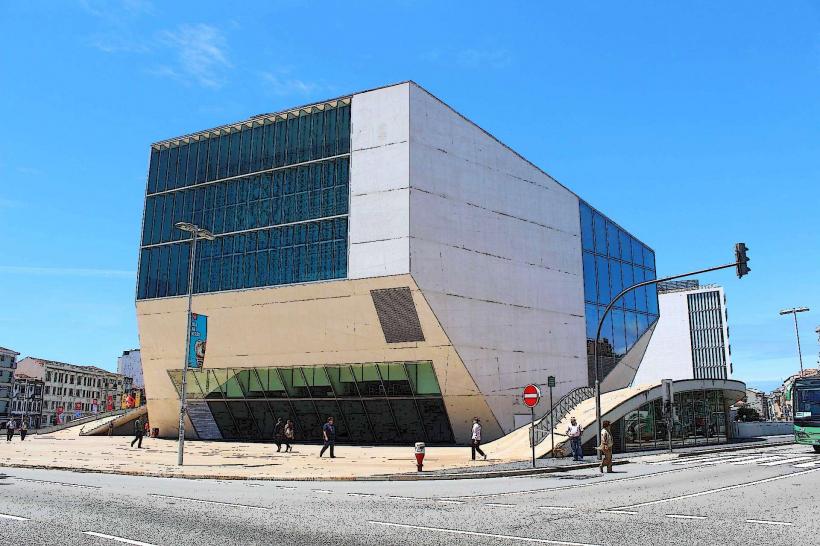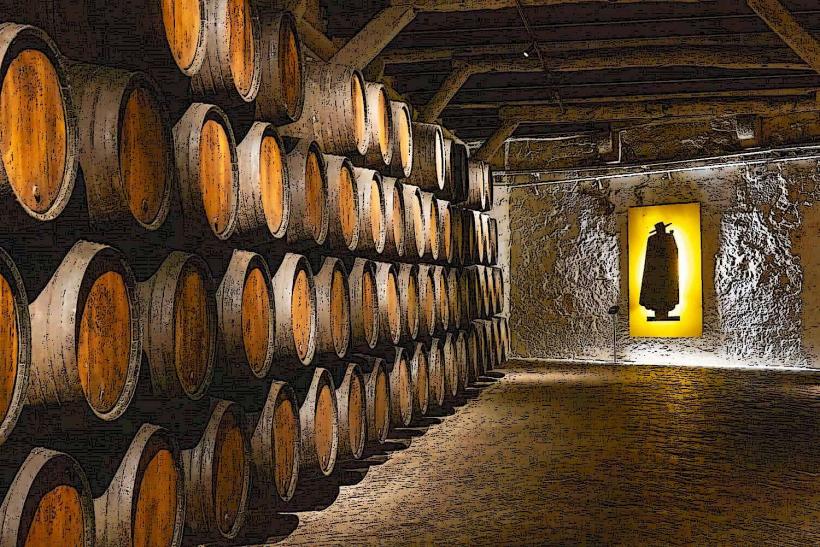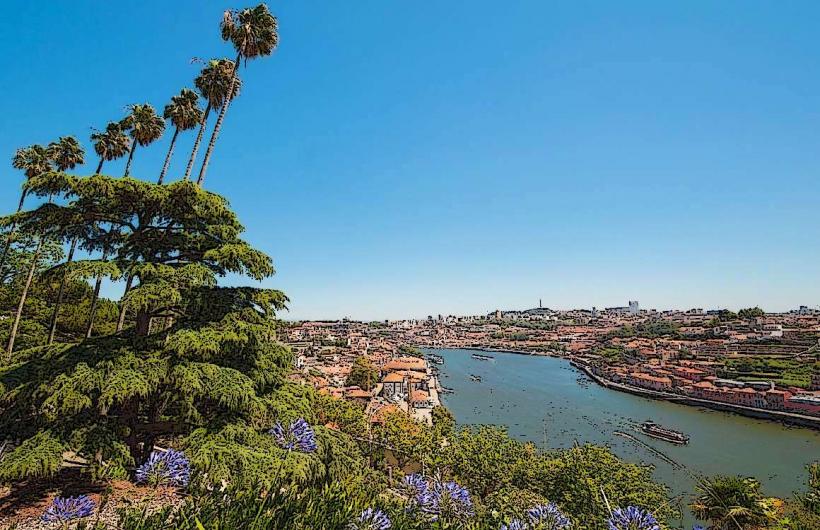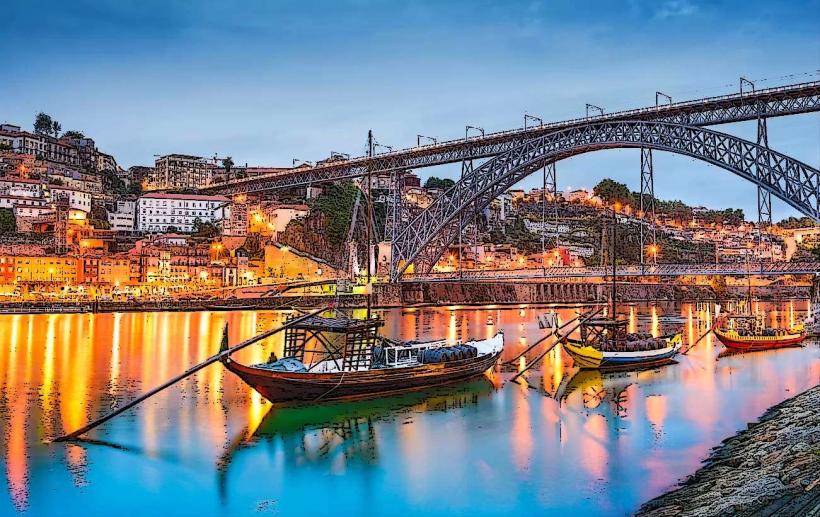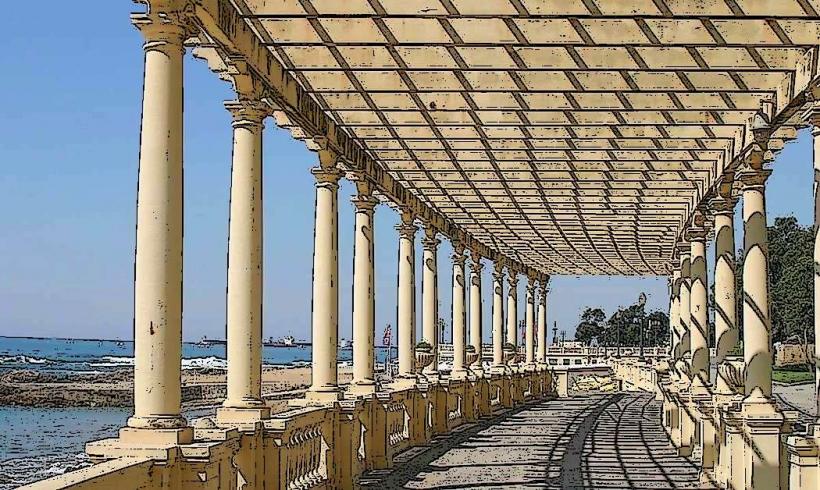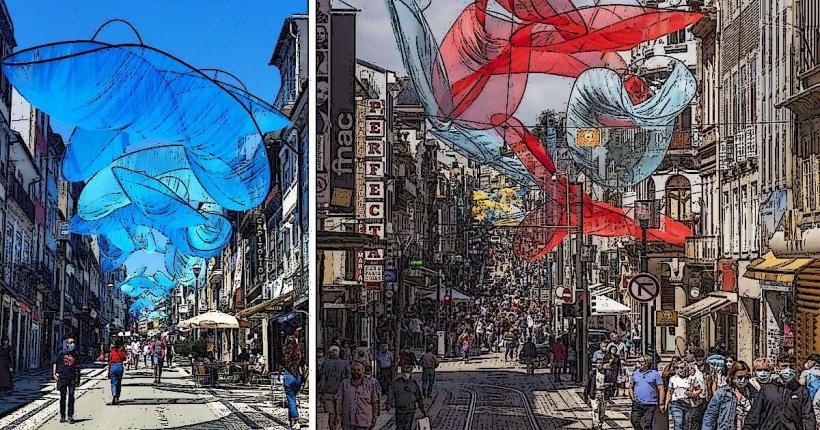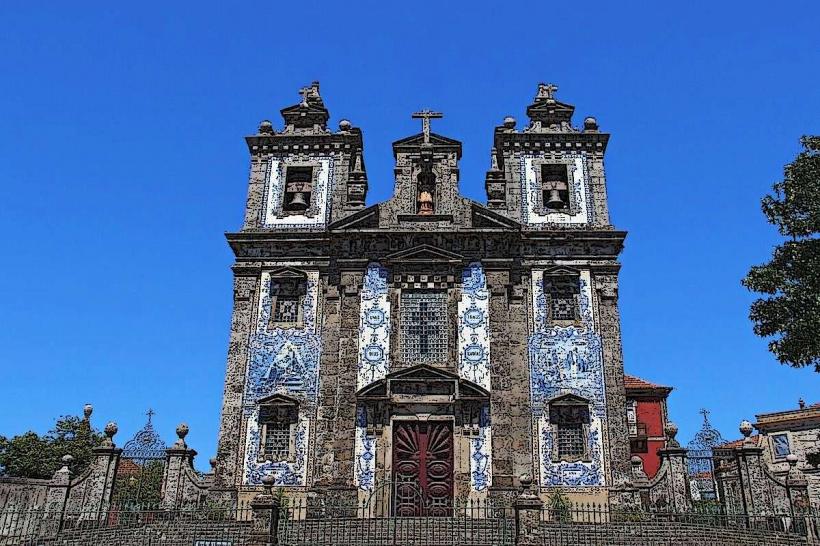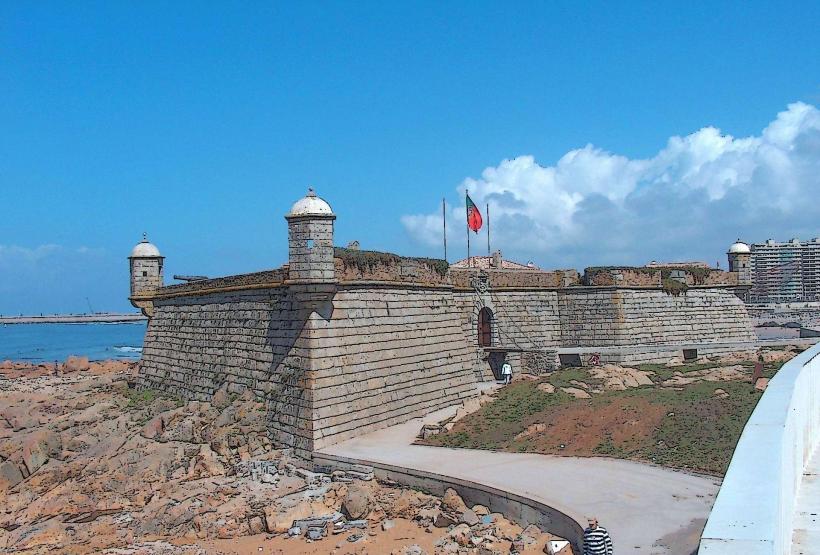Information
City: PortoCountry: Portugal
Continent: Europe
Porto, also known as Oporto, is Portugal’s second-largest city, located along the Douro River in the northern part of the country. It is a historic city with a rich cultural heritage, stunning architecture, and a vibrant arts scene. Porto is famous for its Port wine, beautiful riverside landscapes, and its charming mix of old-world charm and modernity. Here’s an in-depth look at Porto:
1. History and Significance
- Ancient Origins: Porto’s history dates back to Roman times when it was known as Portus Cale, the root of the country’s name, Portugal. It has been an important center for trade and culture throughout the centuries, owing to its location along the Douro River, which provided easy access to the Atlantic Ocean.
- Economic Development: Porto flourished as a port city during the Middle Ages and the Age of Exploration. It became a key trading hub for Portuguese goods, particularly wine. The city also became a major center for the production of Port wine, which contributed to its international fame.
- UNESCO World Heritage Site: The historic center of Porto was designated a UNESCO World Heritage Site in 1996, in recognition of its outstanding architectural and cultural significance.
2. Geography and Landscape
- Douro River: Porto is situated on the northern bank of the Douro River, which flows into the Atlantic Ocean. The city is divided into two main areas: the historic center on the river’s edge and the more modern areas on higher ground. The river is a central element of Porto’s identity, offering stunning views of the city’s colorful buildings and bridges.
- Hills and Views: Porto is a hilly city, which gives it a unique charm. The hills along the river provide panoramic views of the city, including its iconic skyline, with its terracotta rooftops and historic buildings.
- Parks and Green Spaces: Porto also offers several green spaces, such as Parque da Cidade (City Park), a large park by the sea, and Jardins do Palácio de Cristal (Crystal Palace Gardens), which offers beautiful views of the river.
3. Notable Landmarks and Attractions
Porto is home to several landmarks that showcase its rich history, beautiful architecture, and cultural heritage:
Ribeira District:
- Historic Charm: Ribeira is Porto’s historic district and a UNESCO World Heritage Site. It’s characterized by narrow, winding streets, colorful buildings, and bustling riverside cafes. The area is one of the most picturesque parts of the city, with stunning views of the Douro River and the iconic Luis I Bridge.
- Vibrant Atmosphere: Ribeira is a lively neighborhood, with traditional Portuguese restaurants, bars, and Fado music venues. It's an excellent place to experience the local culture, with outdoor cafes where you can enjoy Porto’s famous Francesinha (a rich sandwich) and a glass of Port wine.
Palácio da Bolsa (Stock Exchange Palace):
- Neoclassical Architecture: The Palácio da Bolsa is a 19th-century neoclassical building and a symbol of Porto’s economic power in the 19th century. It was originally built to house the Porto Stock Exchange but now serves as a cultural and events space.
- Arab Room: One of the most striking features of the palace is the Arab Room, which is decorated in Moorish style with intricate carvings, gold leaf, and stained glass, reminiscent of an Arabian palace.
Livraria Lello (Lello Bookstore):
- Architectural Beauty: Livraria Lello is one of the most beautiful bookstores in the world. With its ornate wooden staircase, stained glass ceiling, and intricate detailing, the bookstore is a must-visit for visitors to Porto.
- Literary History: Established in 1906, it is considered one of the most important bookstores in Portugal. It’s famous not only for its stunning interior but also for its connection to the Harry Potter series; J.K. Rowling frequented the store during her time living in Porto, and it is believed to have inspired elements of Hogwarts.
São Bento Railway Station:
- Tile Art: The São Bento Railway Station is one of Porto’s most iconic buildings, famous for its stunning collection of azulejos (decorative ceramic tiles). The tiles depict scenes from Portuguese history, including battles, royal processions, and historic events.
- Neoclassical Design: The station building, completed in 1916, is also known for its neoclassical façade and grand interior, making it one of the most beautiful train stations in the world.
Café Majestic:
- Belle Époque Elegance: Café Majestic is a historic café located on Rua Santa Catarina, one of Porto’s main shopping streets. Opened in 1921, it has maintained its Belle Époque elegance, with Art Nouveau décor, intricate mirrors, and chandeliers. It’s an ideal spot for enjoying a coffee or pastry while soaking in the atmosphere of a bygone era.
Church of São Francisco (Church of Saint Francis):
- Gothic Architecture: The Church of São Francisco is a Gothic church located in the heart of Porto. It is famous for its baroque interior, especially its gilded wooden carvings that adorn the church's altars and ceilings.
- Catacombs: The church also features a set of catacombs, where many of Porto’s prominent citizens are buried.
Port Wine Cellars:
- Famous Wine Production: Porto is world-renowned for its Port wine, a fortified wine produced in the nearby Douro Valley. Many of the city’s historic wine cellars are located along the river in the Vila Nova de Gaia district, just across the Douro River from the city center.
- Wine Tastings: Visitors can take guided tours of these cellars to learn about the history and production of Port wine, and enjoy tastings of different varieties.
Luis I Bridge:
- Iconic Iron Bridge: The Luis I Bridge is one of Porto’s most famous landmarks. Completed in 1886, it is a double-deck iron bridge designed by Teophile Seyrig, a student of Gustave Eiffel (designer of the Eiffel Tower). The bridge connects Porto with the neighboring city of Vila Nova de Gaia, and its upper deck offers incredible views of the Douro River and the city.
Cais da Ribeira:
- Riverside Walk: The Cais da Ribeira is the historic riverside area where visitors can stroll along the water, enjoy cafes, restaurants, and bars, and take in the view of the Luis I Bridge and the historic buildings lining the river. The area has a lively and atmospheric vibe, particularly in the evening when the lights of the city reflect on the water.
4. Culture and Traditions
- Port Wine: Porto is synonymous with Port wine, and the city hosts various festivals and events dedicated to this unique Portuguese drink. The Festa de São João (Saint John’s Festival), held in June, is one of the city’s most important celebrations, with street parties, music, dancing, and fireworks.
- Fado Music: Although Fado is more associated with Lisbon, Porto also has a rich tradition of this melancholic and soulful genre of Portuguese music. Many bars and restaurants in Porto offer live Fado performances.
- Festivals: In addition to São João, Porto hosts numerous cultural festivals, including the Porto International Film Festival, Porto Music Festival, and Porto Book Fair.
5. Cuisine
- Francesinha: The Francesinha is Porto’s most famous dish. It’s a hearty sandwich made with layers of meat (usually steak, sausage, and ham), covered in melted cheese, and smothered in a rich, spicy tomato sauce. It’s often served with French fries and is considered a must-try for visitors.
- Bacalhau: As in much of Portugal, bacalhau (salted cod) is a popular dish in Porto. It can be served in a variety of ways, but bacalhau à Gomes de Sá (a traditional Portuguese casserole) is one of the city’s favorites.
- Seafood: Porto is also known for its fresh seafood, including dishes such as octopus rice, grilled sardines, and seafood stews.
- Port Wine: Of course, the city is famous for Port wine, and visitors can try various types of Port (ruby, tawny, and white) in the wine cellars of Vila Nova de Gaia.
6. Transportation
- Metro and Trams: Porto has an extensive metro system that connects different parts of the city, including the airport, downtown, and the suburbs. The trams offer a nostalgic way to explore the city, particularly the historic line that runs along the river.
- Walking: The best way to explore Porto is on foot, as the city’s historic center is compact and filled with charming streets, squares, and parks. However, the city’s hills can be steep, so be prepared for some uphill walking.
- Porto Airport: Francisco Sá Carneiro Airport, Porto’s international airport, is located about 11 kilometers (7 miles) from the city center and offers flights to major cities in Europe and beyond.
7. Tourist Activities
- Douro River Cruises: A cruise on the Douro River is one of the best ways to take in the scenic views of Porto. You can take a boat tour that includes a visit to the wine cellars in Vila Nova de Gaia or enjoy a sunset cruise.
- Walking Tours: Porto’s historic center is best explored with a guided walking tour. Local guides can provide insights into the city’s history, culture, and landmarks.
- Shopping: Porto offers great shopping opportunities, particularly along Rua de Santa Catarina, the city’s main shopping street. Here you’ll find everything from high-end boutiques to traditional Portuguese markets.
Summary
Porto is a city that combines history, culture, and modernity in a way that is uniquely Portuguese. Whether you’re strolling through the colorful streets of the Ribeira district, savoring a glass of Port wine, or admiring the city’s historic architecture, Porto offers a rich and immersive experience for travelers. Its riverside setting, historical sites, and vibrant local culture make it one of the most fascinating cities in Europe.

